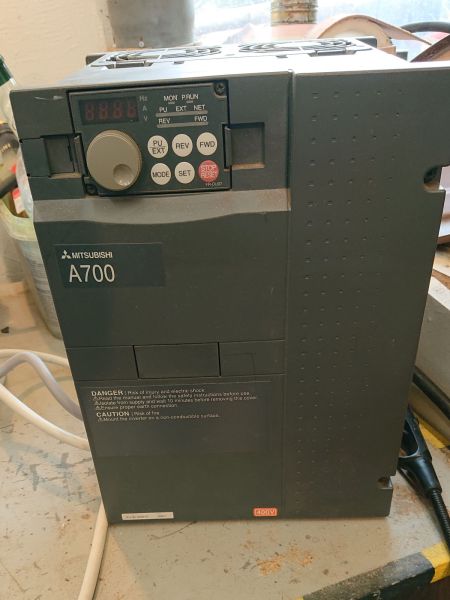I found this video to be informative and interesting, as well as very painful to watch. I cannot imagine doing something like this to a knife that I have spent several days making. I would do it if I got paid and the destruction were for a purpose, as it is in this case, but even so – ouchouchouch…



























